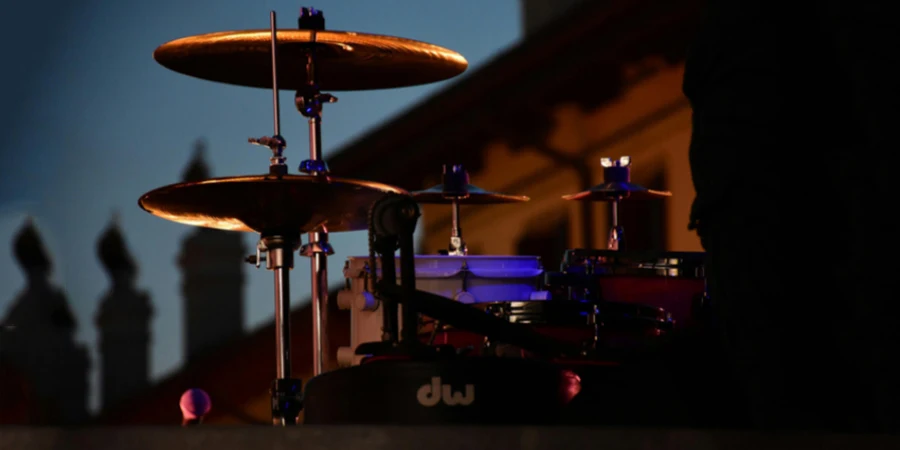Table of Contents
● Market overview
● Key technology and design innovations
● Top-selling models driving market trends
● Conclusion
The drum market is experiencing strong growth, driven by rising demand for versatile, innovative drum kits that meet the needs of both amateur and professional musicians. Electronic, acoustic, and hybrid drum technology advances have transformed practice and performance, giving drummers unprecedented customization options. As these trends shape the music industry, top brands, and new players compete to deliver high-quality, adaptable kits that inspire creativity across genres.
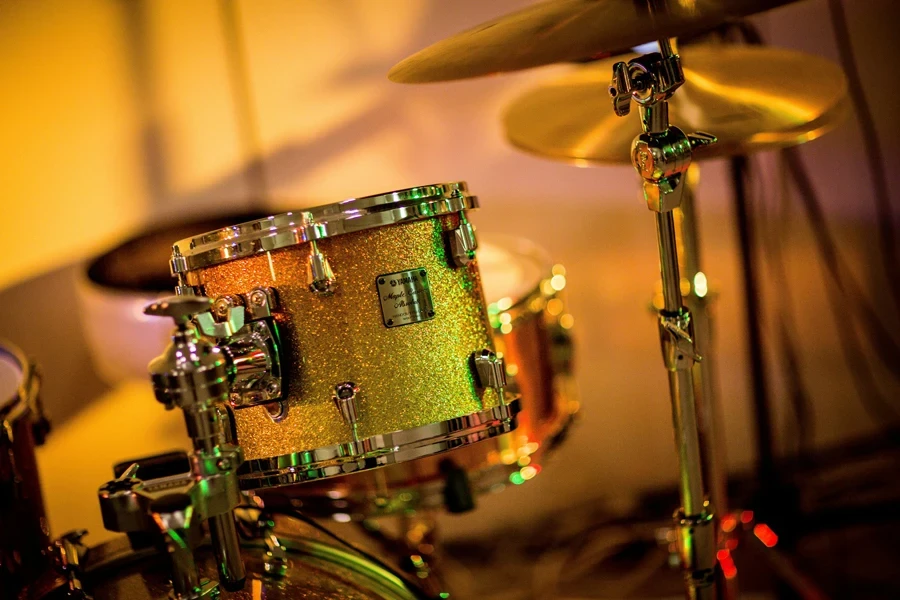
Market overview
The global drum market is projected to grow from USD 13.83 billion in 2023 to USD 18.24 billion by 2030, maintaining a CAGR of 5.69% over the forecast period. This growth reflects an expanding interest in both traditional acoustic and electronic drums, catering to various styles and practice needs. Asia-Pacific leads the market, driven by strong manufacturing sectors in countries like China and India, where urbanization and a growing middle-class fuel demand for affordable, versatile kits. Additionally, according to Verified Market Reports and Research and Markets, Western markets show robust interest, particularly in electronic kits favored for compactness and advanced features, which are ideal for practice and performance settings.
Shifting preferences toward electronic and hybrid kits reflect consumer demand for flexibility in sound, silent practice options, and integration with digital technology. Market leaders like Roland, Yamaha, and Pearl continue to innovate by enhancing product quality while emerging brands gain traction with eco-friendly materials and cost-effective solutions. These factors and a competitive landscape drive market expansion as both established and new brands strive to deliver quality and customization. According to Verified Market Reports and Mordor Intelligence, this ongoing competition highlights the dynamic evolution of the drum market, responding to the needs of beginner and professional drummers alike.
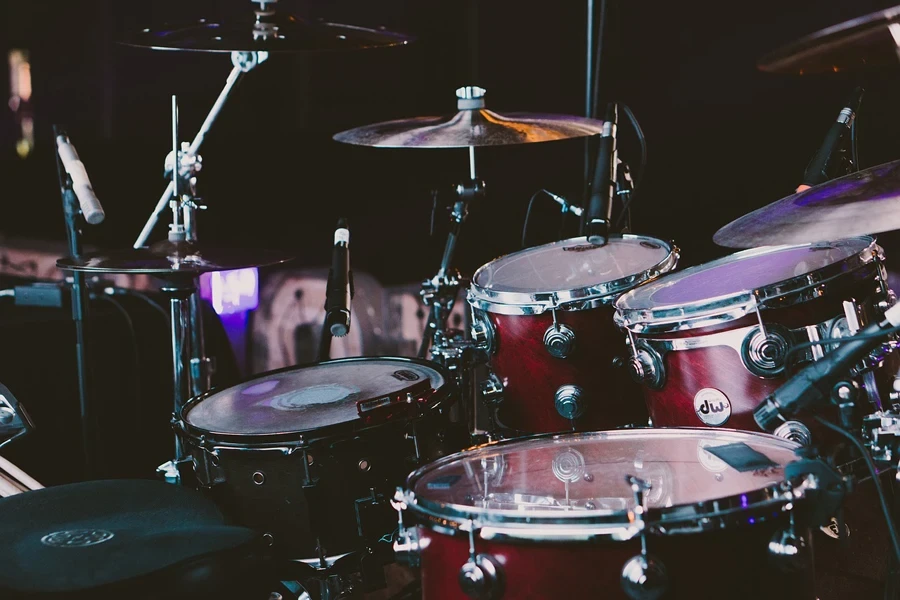
Key technology and design innovations
Recent advances in drum materials and acoustic engineering are refining sound quality and durability, focusing strongly on wood types and layered construction techniques. Drum shells made from maple and birch remain industry standards due to their warm, balanced tones, while exotic options like African mahogany are gaining popularity for their rich, low frequencies. The choice of wood influences resonance and tonal depth; for instance, birch shells emphasize high frequencies with crisp, bright sounds ideal for recording, while maple’s midrange warmth supports a rounded, classic sound. Techniques such as multi-ply construction enhance shell durability and control tonal clarity, making it easier for drummers to achieve consistent sound across kits, according to Musician’s Friend and Drumeo.
The digital drum sector is revolutionizing practice and performance with features that include diverse sound profiles, silent practice modes, and advanced connectivity options. These electronic kits, equipped with in-built metronomes, offer silent practice settings through headphones, addressing sound constraints in home environments. Bluetooth and USB connectivity also enable drummers to link their kits with other devices, such as computers or sound systems, creating versatile setups for recording or live performance. Popular digital drum kits like Roland’s V-Drums provide a range of sound adjustments, allowing musicians to switch easily between different styles and genres, which has greatly expanded the appeal of digital drums for both beginners and professional drummers, as outlined by Roland.

Modular drum kit designs are another innovation enabling customization, where drummers can adjust their setup based on genre, venue size, or personal preference. These kits support adding or removing components, such as toms or cymbals, without compromising structural stability. For instance, modular systems allow drummers to adapt quickly for performances, simplifying setup and teardown, which is particularly beneficial for touring musicians. According to Drumeo, this flexibility is a key selling point for many modern kits, catering to diverse playing needs and enabling drummers to create setups that align with their evolving skills and style preferences.
Sustainability in drum manufacturing is increasingly focused as eco-conscious consumers and brands drive demand for environmentally friendly materials. Drum manufacturers are exploring renewable resources and recyclable components, such as sustainably sourced woods and bio-based synthetic alternatives, to minimize environmental impact. Brands also prioritize recyclable metal components and non-toxic finishes, with companies like Roland and Yamaha leading initiatives to adopt green materials across product lines, according to Verified Market Reports.
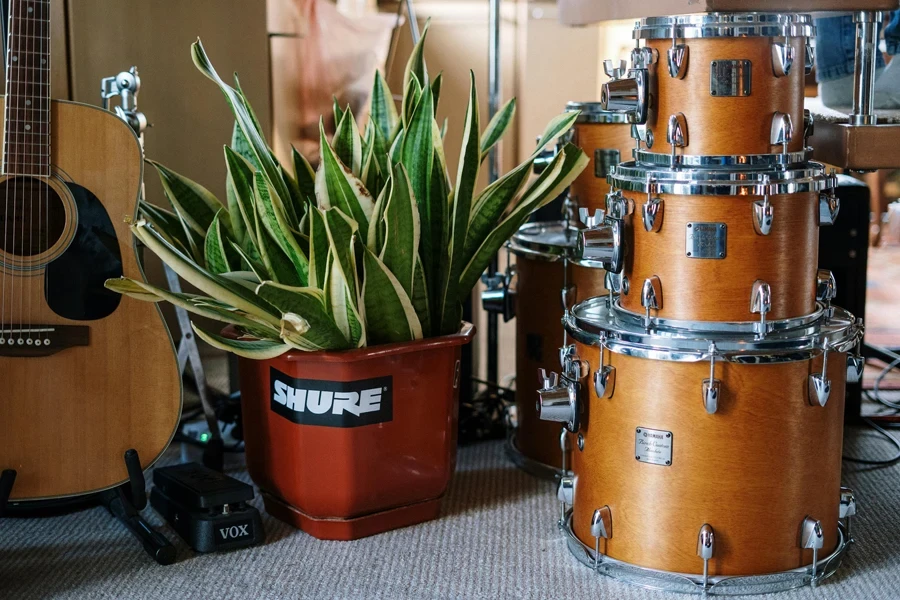
Top-selling models driving market trends
Top-selling drum models showcase versatility across acoustic, electronic, and hybrid formats, each catering to distinct needs in genres like rock, jazz, and pop. Among leading acoustic kits, the Ludwig Classic Maple kit is a preferred choice for rock, producing a warm, powerful sound ideal for large venues. Yamaha’s Stage Custom Birch is another standout, favored by jazz drummers for its crisp, high-frequency emphasis, allowing tones to cut through live performances with clarity. Pop drummers often choose Pearl’s Masters Maple Complete kit, known for its well-rounded sound that blends seamlessly across amplified settings, according to Drumeo and Musician’s Friend.
In electronic kits, Roland’s V-Drums series dominates, praised for its versatile sound libraries and customizable settings that support practice and professional use alike. With features like silent headphone modes and Bluetooth connectivity, these kits allow drummers to practice quietly or integrate directly into live or recording setups, which appeals to beginners and advanced players. Yamaha’s DTX series also stands out, especially among those seeking a flexible, portable kit that transitions smoothly from practice to performance. These electronic kits offer a broad range of sounds, allowing drummers to experiment with genres from hip-hop to rock with just a few adjustments, making them some of the most sought-after models on the market, according to Roland and Verified Market Reports.
.Hybrid kits, like Alesis Strike Pro, combine the tactile feel of acoustic drums with the versatility of digital sounds, allowing drummers to switch seamlessly between traditional drumming and modern effects. These kits are highly valued in live performance settings where flexibility is crucial, particularly in hybrid genres like electronic rock and indie-pop. Drum Workshop’s Acoustic-Electronic (AE) Hybrid Series is another favorite, merging electronic sound modules with acoustic shells for a balanced, immersive performance experience. The adaptability of hybrid kits and their capacity for sound layering have positioned them as forward-looking solutions for drummers who perform across diverse settings, as noted by Drumeo and Roland.
These top-selling models thrive due to their durability, sound customization, and user-friendly design. Acoustic kits are celebrated for their robust wood construction, electronic kits for their portability and low maintenance, and hybrid kits for merging these benefits with added versatility. This combination of customization, quality, and adaptability enables drummers to tailor their kits to personal preferences and performance needs, making these models a mainstay in both practice and professional environments, according to Verified Market Reports and Musician’s Friend.
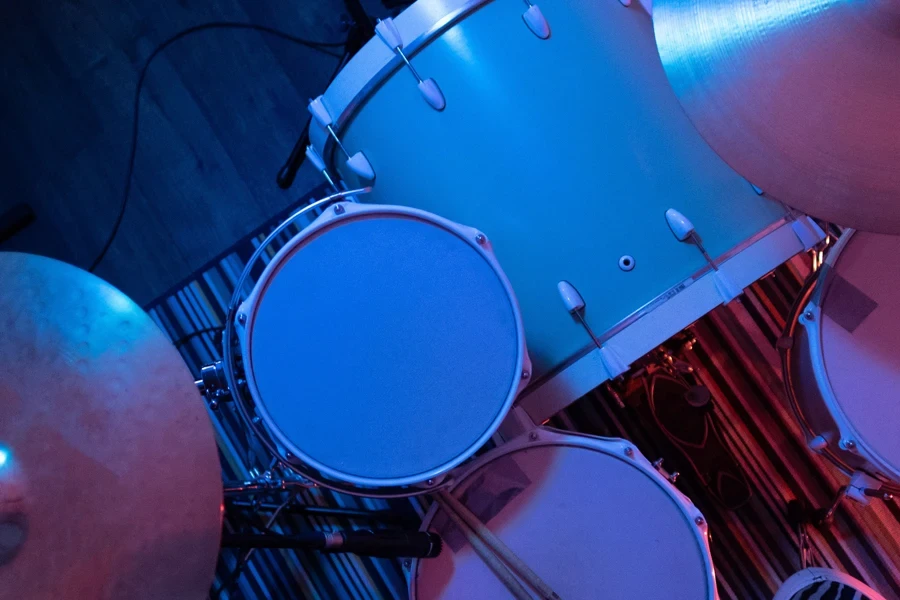
Conclusion
The drum market’s rapid growth is fueled by the demand for advanced, versatile drum kits that cater to musicians’ evolving needs across acoustic, electronic, and hybrid models. Technological advancements in materials and digital connectivity have made these kits increasingly adaptable, offering drummers high-quality sound, customization, and portability. The shift toward sustainable materials also reflects an industry-wide commitment to eco-friendly practices, aligning with consumer values. Together, these innovations and diverse options enable drummers at all levels to find kits that match their style and performance needs, positioning the drum market for continued expansion and dynamism across global markets.
